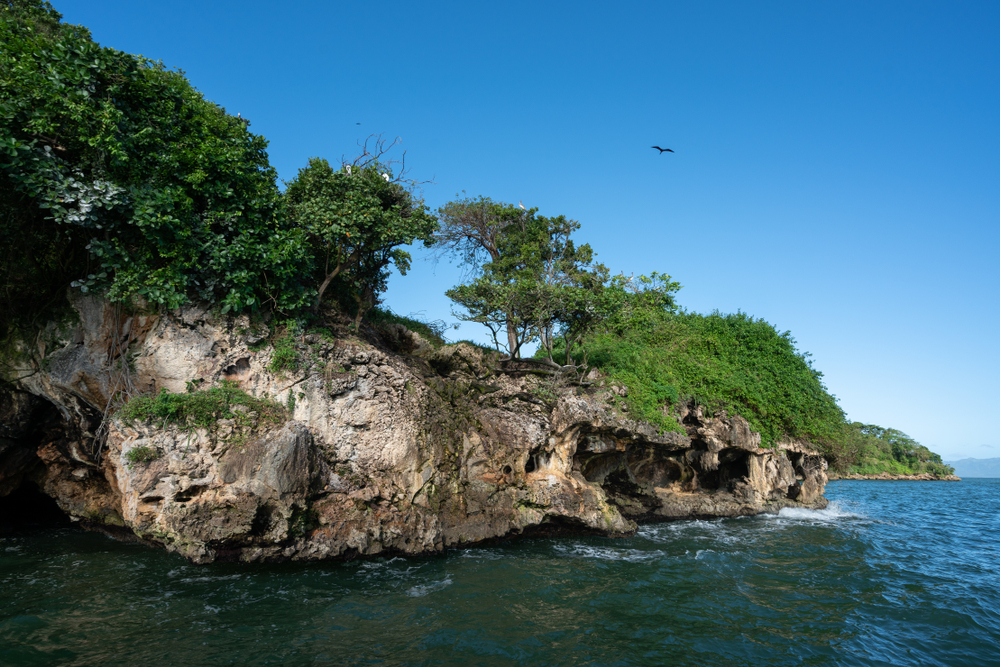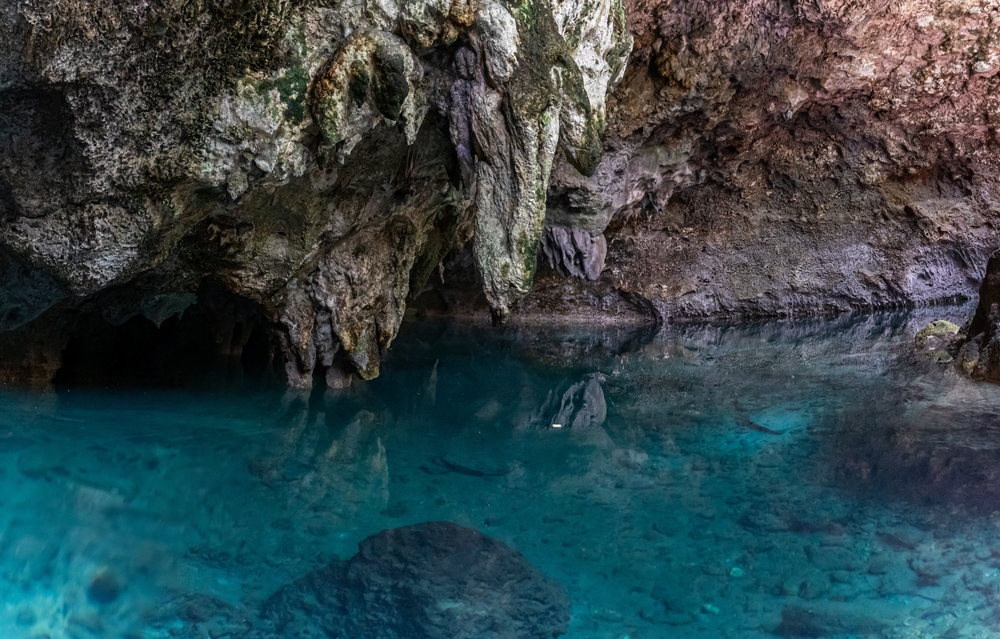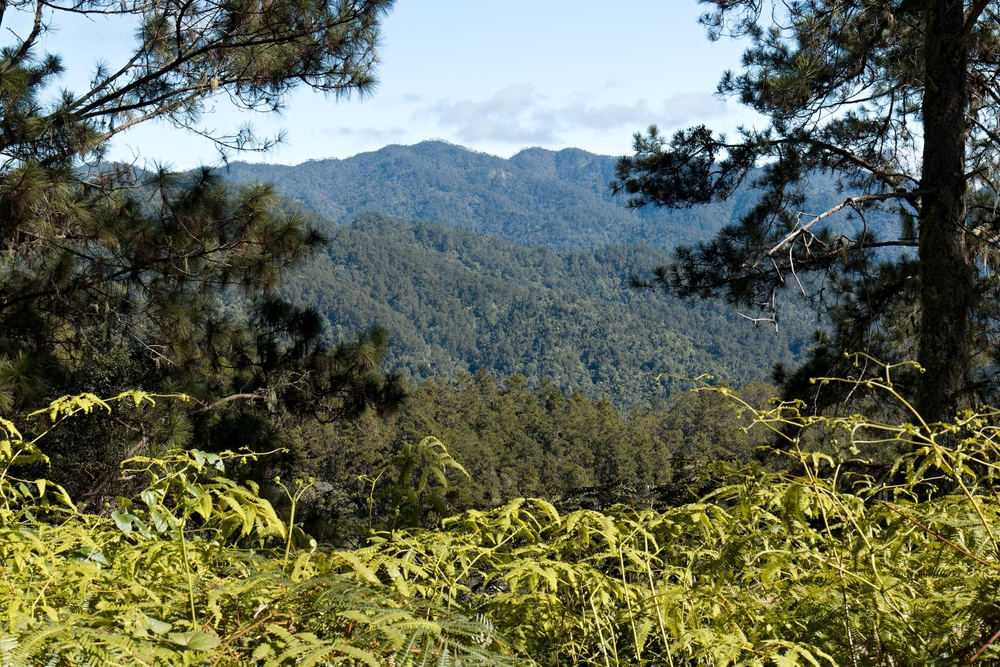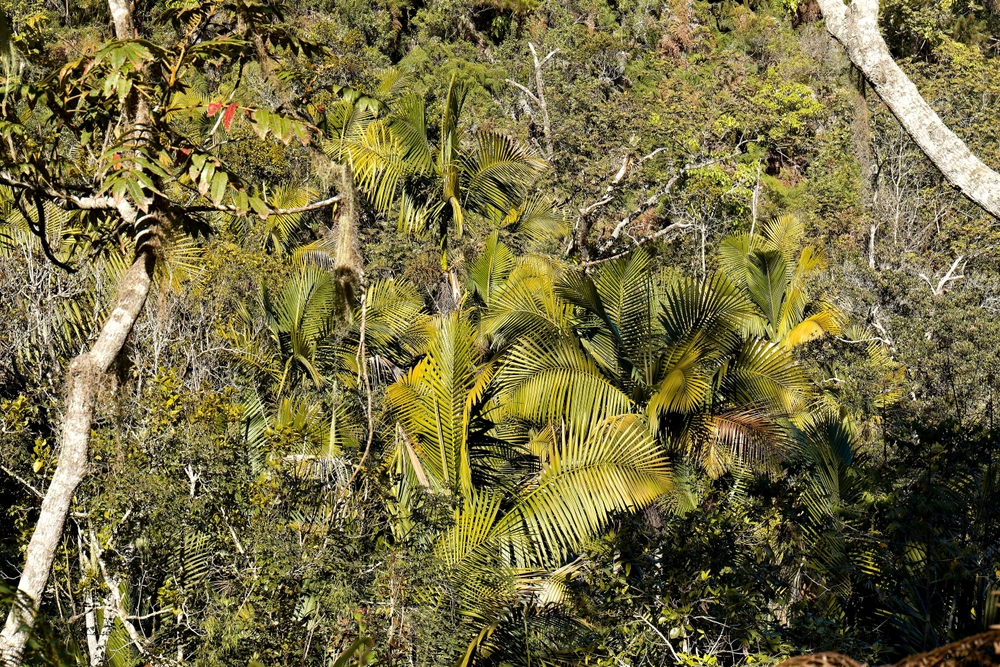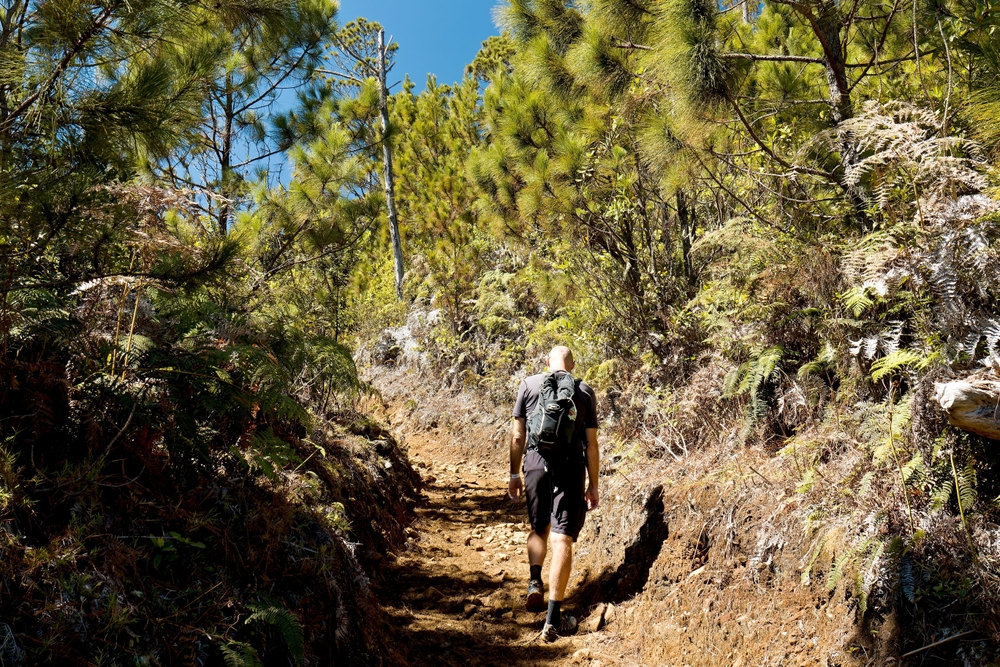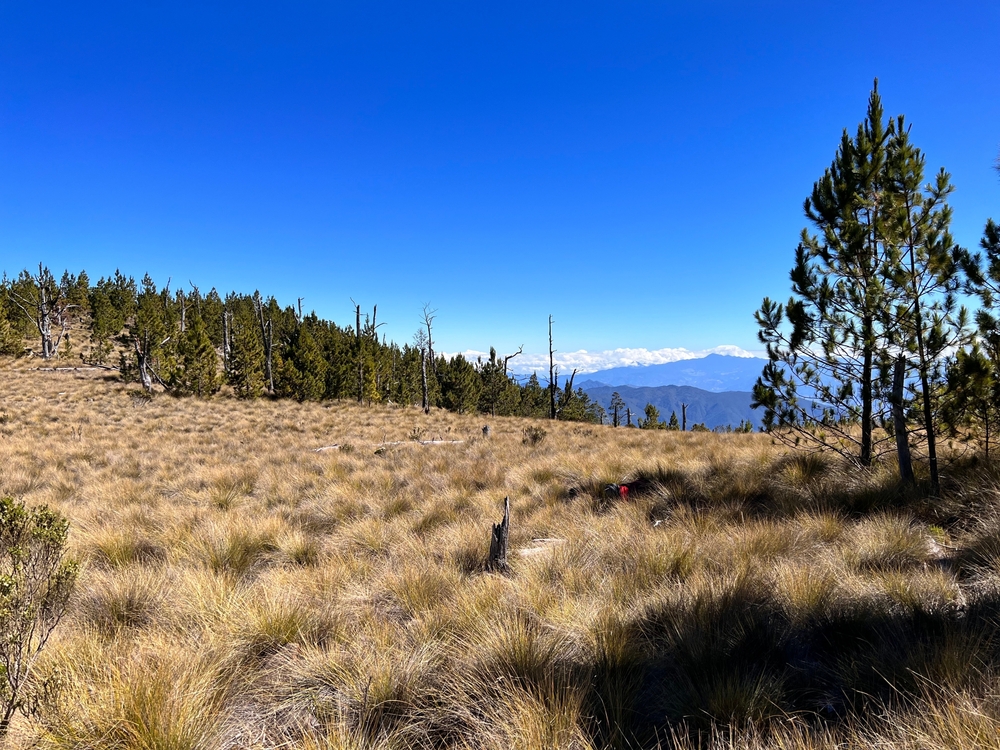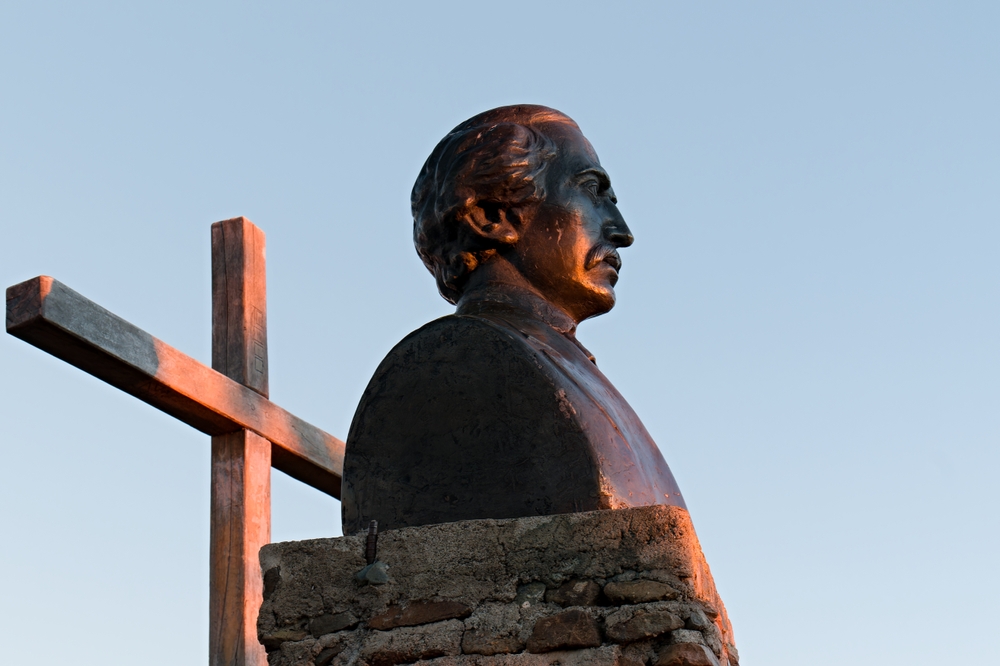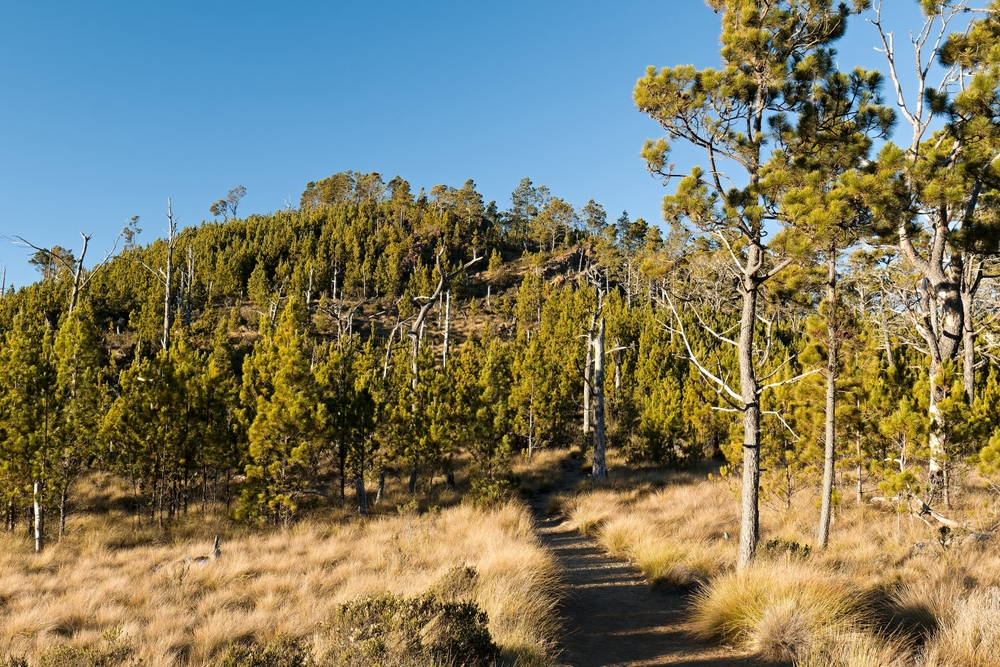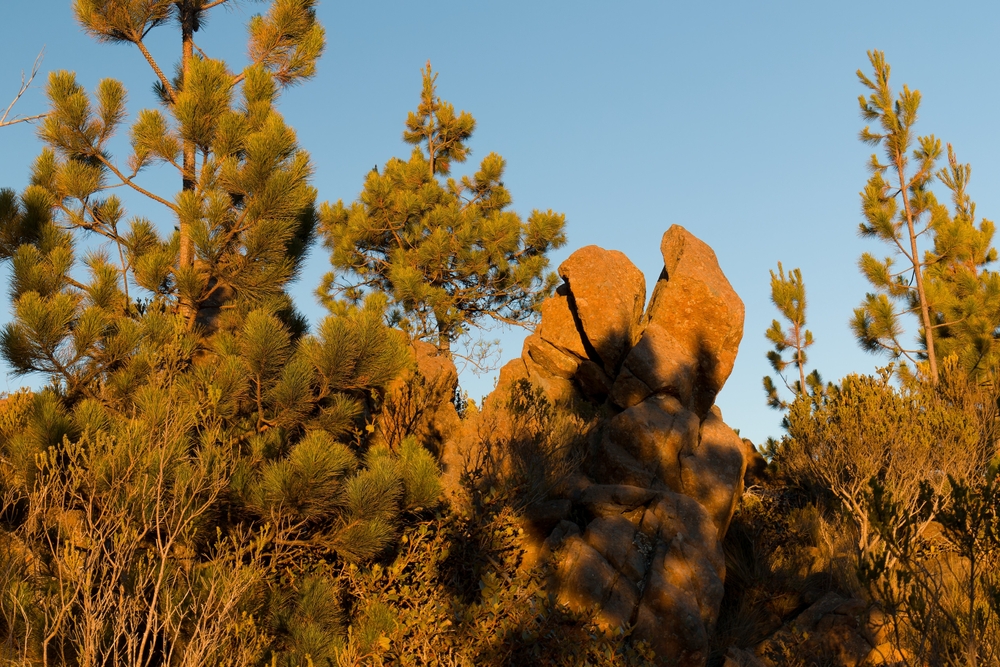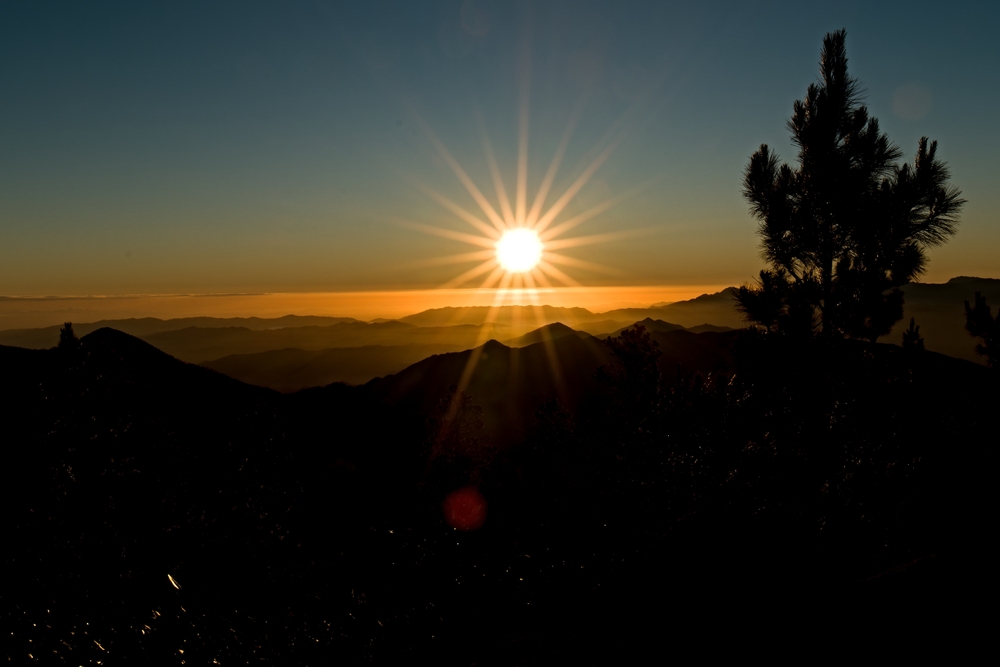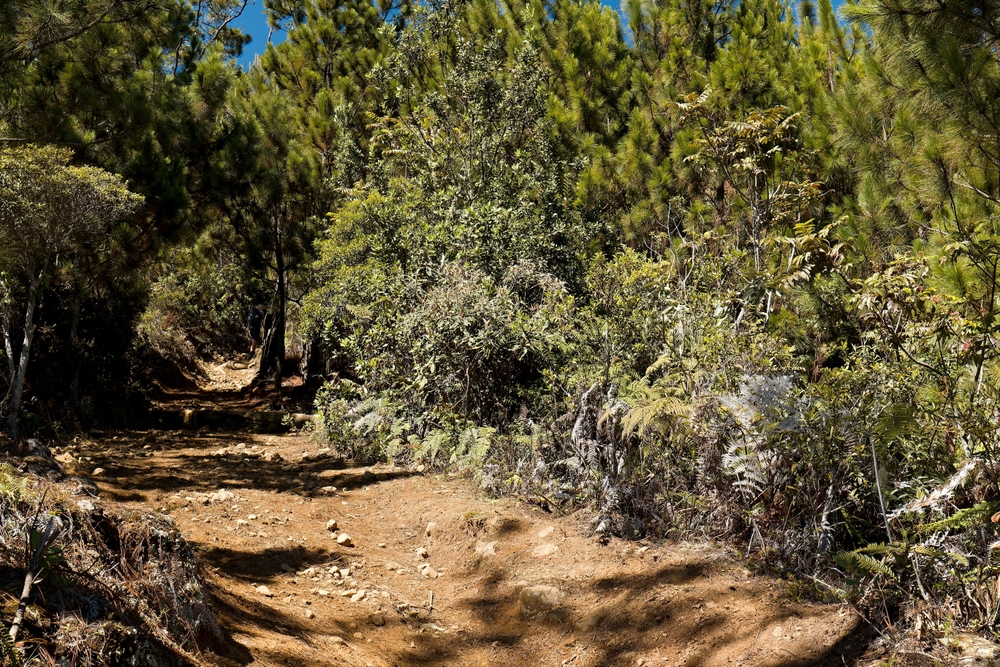José Armando Bermúdez Overview
José Armando Bermúdez National Park (locally known as Parque Nacional José Armando Bermúdez) is located in the heart of the Dominican Republic, within the Cordillera Central mountain range. Covering an area of approximately 296 square miles (767 square kilometers), the park was established in 1956 and is part of the larger protected area that includes several national parks. It is renowned for being home to Pico Duarte, the highest peak in the Caribbean, standing at 10,164 feet (3,098 meters). The park is a popular destination for hikers and nature lovers, who come to experience its breathtaking landscapes and the challenge of reaching Pico Duarte’s summit.
The landscape of José Armando Bermúdez National Park is characterized by rugged mountainous terrain, deep valleys, and fast-flowing rivers. It is one of the most ecologically significant areas in the country, with lush pine forests covering large parts of the park. These forests, interspersed with cloud forests at higher altitudes, are vital for the country’s water resources as they serve as watersheds for major rivers like the Yaque del Norte. The cool climate, especially at higher elevations, makes the park a refreshing escape from the tropical heat of the lower altitudes.
Vegetation in the park is dominated by Hispaniolan pine (Pinus occidentalis), along with an array of other endemic plants. The dense forest cover provides habitat for numerous wildlife species, including mammals, reptiles, and birds. Notable fauna includes the endangered Hispaniolan solenodon and hutia, both endemic to the island. The park is also a birdwatcher’s paradise, with species such as the Hispaniolan trogon and the palmchat, the national bird of the Dominican Republic, making their homes here. This park offers a serene yet adventurous way to experience the country’s natural splendor.
Park Map
José Armando Bermúdez National Park Highlights
Engaging Jose Armado Bermudez National Park
Related National Parks More Dominican republic
Sources
- All Trails, Best Trails in José Armando Bermúdez National Park, https://www.alltrails.com/ar/parks/dominican-republic/la-vega/jose-armando-bermudez-national-park, retrieved August 2024.
- Caribbean Birding Trail, Jarabacoa with Armando Bermúdez and José del Carmen Ramírez National Parks, https://caribbeanbirdingtrail.org/sites/dominican-republic/central-mountain-range/jarabacoa-armando-bermudez-and-jose-del-carmen-ramirez/, retrieved August 2024.
- Go Dominican Republic, José Armando Bermúdez National Park, https://www.godominicanrepublic.com/listing/armando-berm%C3%BAdez-national-park/4311/, retrieved August 2024.
- Go Dominican Travel, José Armando Bermúdez National Park,https://www.godominicantravel.com/armando-bermudez-national-park/, retrieved August 2024.
- Wikipedia, José Armando Bermúdez National Park, https://en.wikipedia.org/wiki/Jos%C3%A9_Armando_Berm%C3%BAdez_National_Park, retrieved August 2024.











































































